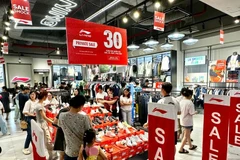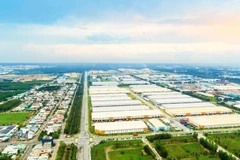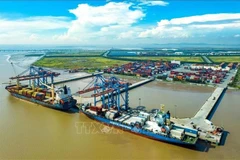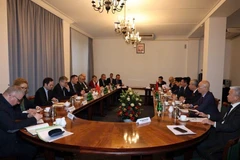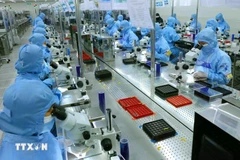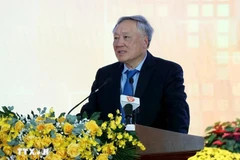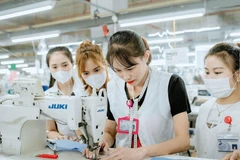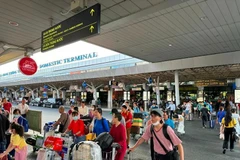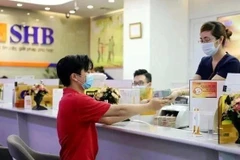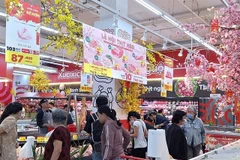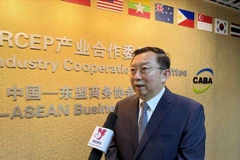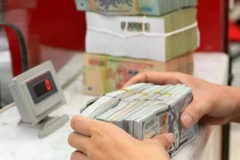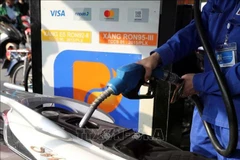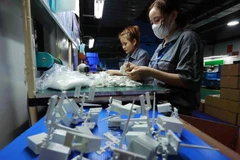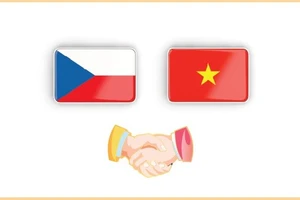Huynh Khanh Hiep, Deputy Director of the city's Department of Industryand Trade, said by the end of 2020, the city aims to have serviceexports to be 60 percent of total export turnover.
Thecity targets an average export growth of 17 percent per year in the2011-15 period, with total export turnover by the end of 2015 of morethan 100 billion USD (excluding crude oil).
More staff will be trained for service export activities as well.
Export support programmes on software products and services will becontinued, with the aim of enhancing added value, from softwareoutsourcing to production activities.
Many export supportprogrammes will be implemented, including the expansion of e-customprocedures, support-industry development, and the construction of anexport-goods introduction centre.
In general, the city's export turnover is on a recovery trend and has had a fairly good growth rate.
Last year, despite economic difficulties, the city's export turnover(excluding crude oil) reached 19.7 billion USD, an increase of 21.7percent compared to 2010.
The US , ASEAN, the EU, Japanand China are still key markets for the city's key export items,such as agricultural products, textiles and garments, seafood, computersand electronic parts, Hiep said.
In 2010, the Asianregion accounted for a large proportion (62.6 percent), thanks to a FreeTrade Agreement between ASEAN and China . This was followed byEurope (33.5 percent) and the Americas (20.5 percent).
Bui Thi Thanh An, Head of the HCM City office for the Vietnam TradePromotion Agency, said exporters should be more active in participatingin international exhibitions and seek partners to increase businesstransactions.
Companies should also schedule more business trips to survey foreign markets.
At the seminar, Prof Dr Vo Thanh Thu, a member of the VietnamInternational Arbitration Council, noted that one of the majorchallenges for the export industry is to reduce its heavy dependence onimported raw materials.
The textile and garment sectorimports nearly 60 percent of its raw materials, and the footwear andelectronic industry imports 90 percent.
Every year, the seafood sector spends about 500 million USD for raw material imports.
Each key sector exports to more than 100 countries, but the US , theEU and Japan account for more than 60 percent of export turnover.
If these markets applied strict trade protection measures or trade barriers, the country's exports will be damaged heavily.
Another challenge for the export sector is the small scale of manycompanies, which makes it difficult to access the world market andhinders the development of the support industry.
High interest rates and an unstable exchange-rate policy are also worrisome issues for Vietnamese exporters./.
